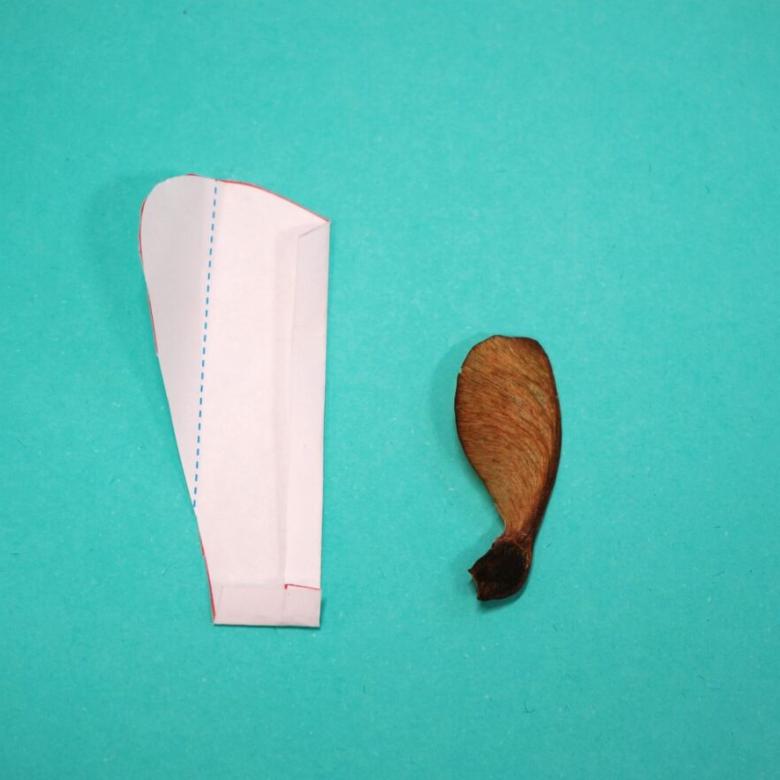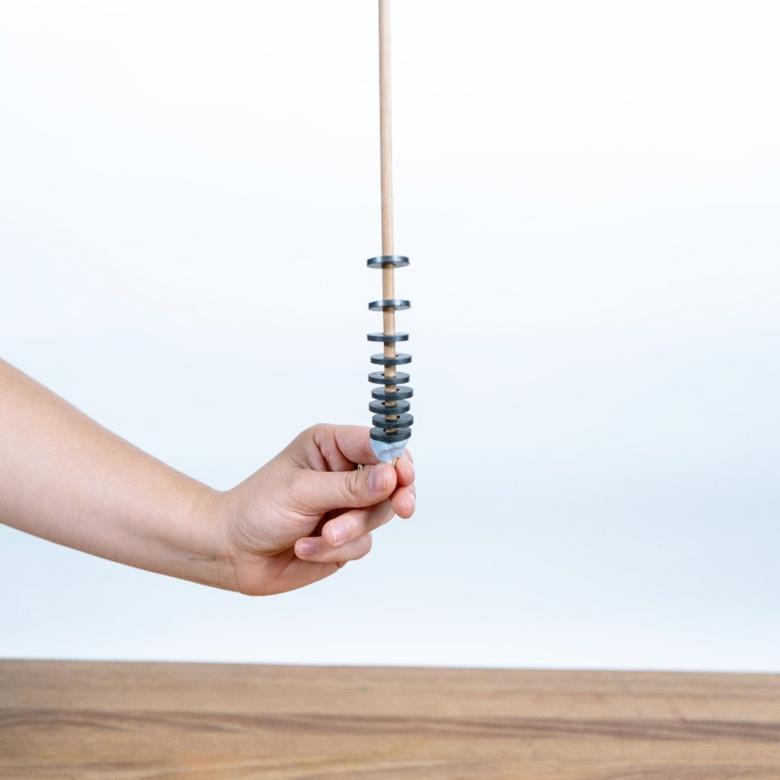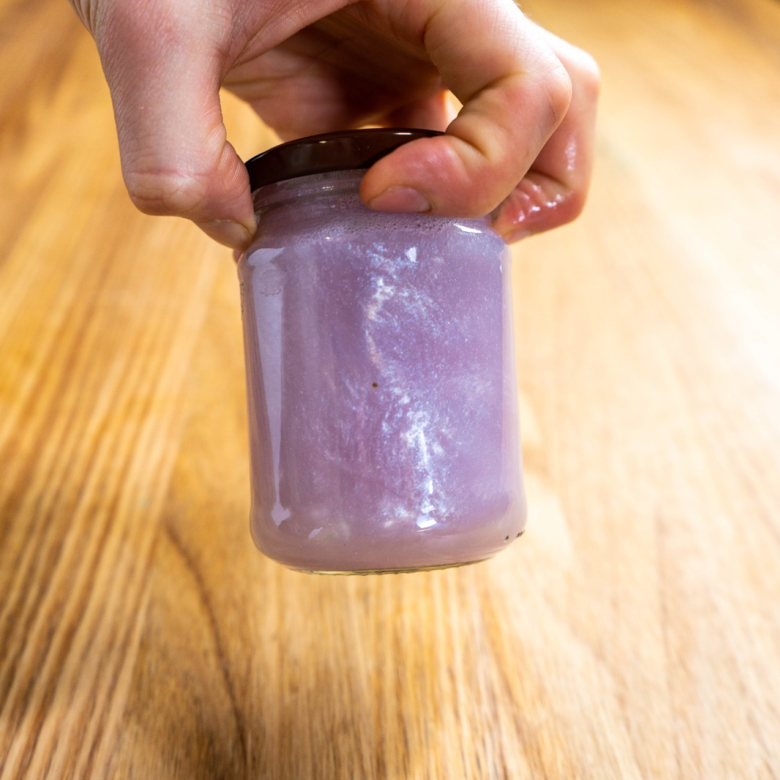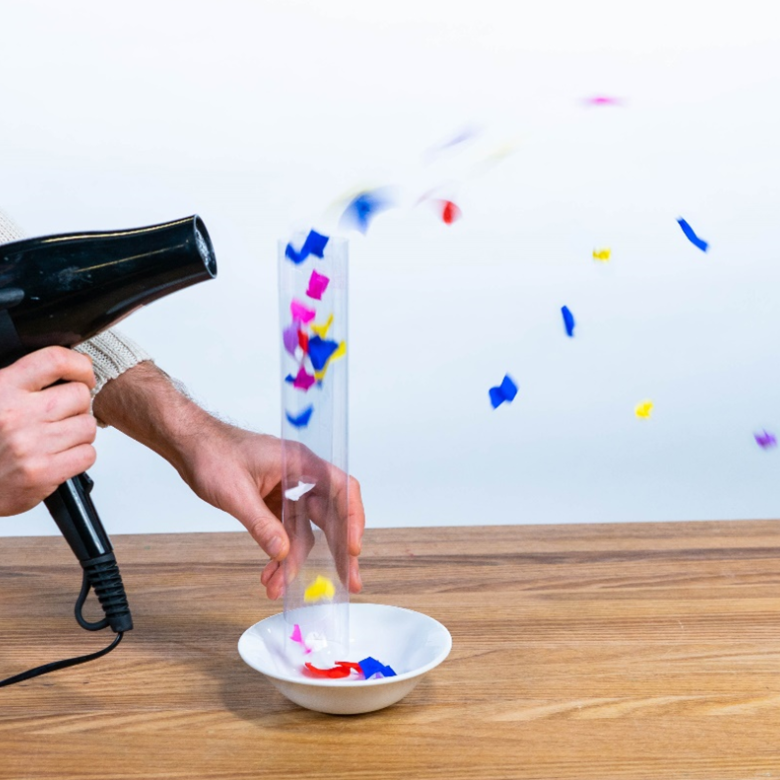You’ll need
- 2 plastic syringes
- Flexible plastic or vinyl tubing that will fit the ends of the plastic syringes (you can find this at a hardware store or a craft store)
- Water
- Tape
- A piece of thin cardboard
- Scissors
What to do
- Gather your materials on a flat surface
- Take one syringe and pull the plunger back slowly so the syringe is full of air. Don’t take the plunger out.
- Push about 20 cm of plastic tubing onto the end of the syringe. Attach it firmly with tape.
- Push the plunger on the second syringe all the way in. Put the end of the syringe into the other end of the plastic tubing and tape it in place.
- Push down the plunger on the air-filled syringe. Watch what happens.
- Repeat the experiment, but this time fill the plastic tubing and the first syringe with water. Is it now easier or harder to make the second syringe move by pressing on the first one?
- Draw a turtle on the cardboard and cut it out. Tape the body of the turtle onto the barrel of the second syringe, and its head and neck onto the plunger.
- Repeat steps 2 to 5, and watch the turtle poke its head out.
Questions to ask
- Why does the plunger move? What is moving it?
- What happened when you added water? Why do you think it made a difference?
What’s happening?
As the air is forced out of one syringe, it is pushed along the tubing and into the other one. You may see a delay between pushing one plunger and the other plunger moving. This is because air can be compressed, which means that it can be squashed. When you push the plunger in, the air is compressed. This increases the pressure of the air in the tubing. When the pressure gets high enough, the plunger at the other end of the tubing starts to move.
When you repeat the experiment with water, there is no delay in the movement of the second plunger. This is because water cannot be compressed. As soon as you push the first plunger, the water pushes out the other plunger. (If there is a delay, check for air in the syringes or tube.)
What do you think would happen if you filled both syringes with air and tried pushing down both plungers at once? What would happen if you filled them both with water? Do the experiments and see if your predictions are correct.
Did you know
The ideas in this experiment are used in everyday life. The term hydraulic means something that is moved, operated or affected by water (or some other liquid, like oil). Car brakes, wing flaps on aeroplanes, and heavy machinery (such as the tilting trays on dump trucks and the arms of excavators) use hydraulic systems. They are like the water-filled syringes in this activity, but much bigger.
A pneumatic machine is one that moves using compressed air. Examples include jackhammers and air brakes on buses.






